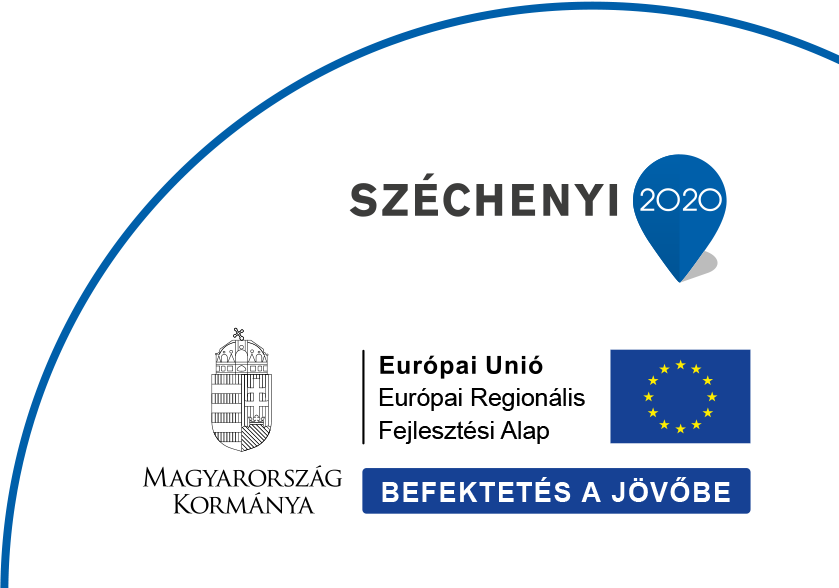As the identfication of the neutron sources through the determination of the energy spectrum is not trivial, one of the received methods for the determination of the quality and quantity of the neutron sources is the neutron coincidence counting. For this purpose we need a neutron detector which surrounds the source and an electronics which determines beside the count rate also the rate of the double and triple coincidences. A valuable solution is the PTR-32, a pulse train reader designed by Joseph Huszti in our department and realised by his leadership used not only in our Institute but in IAEA and Los Alamos National Laboratory, too.
The projects where this setup was used:
Determination of Pu masses in PuBe sources
Around 2000 a lot of PuBe sources were not needed any more for the users. Our Institute was appointed to receive those sources. As the combined declared mass of Pu approached the licensed limit we had to check whether the declared value of the Pu deviates from the real one. A combined Gamma spectrometric, Calorimetric and Neutron Counting investigation showed that the real values are 5-10 times less than the declared ones. Tha IAEA validated our method and we preformed similar measurents in Prague and Bratislava as well.
In cooperation with the Nuclear Analytical Laboratory we performed a series of measurements for determination of small amounts of fissile material, mostly 235U. The sample was interrogated by a cold neutron beam amd the coincidences of the prompt fission neutrons were counted, or the beam was pulsed and the delayed neutrons were counted. In the next measurement the sample was inserted into the reactor with a pneumatic system and the daleyed neutrons were counted after removal from the reactor.
IPNDV: In the international project for validating of the disarmament we used also neutron measurements for validating the presence or absence of the fissile material shielded or unshielded.
Teaching: Trainings were held for people from different institutions for characterisation of neutron sources by Neutron Coincidence Counting.
MCNP calculations were done for designing the neutron shielding, for evaluation of the measurements and for illustration of tre trainings.
